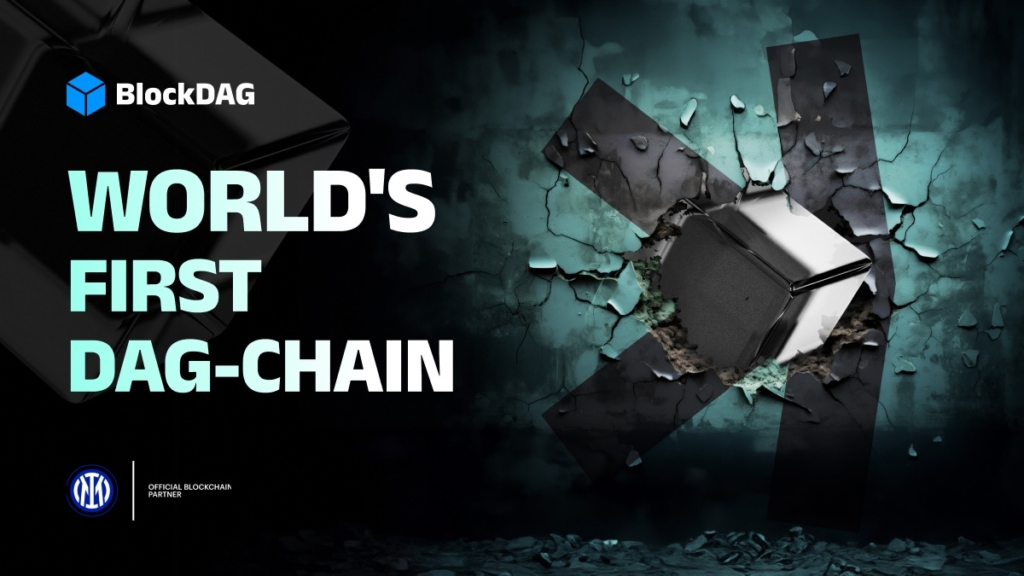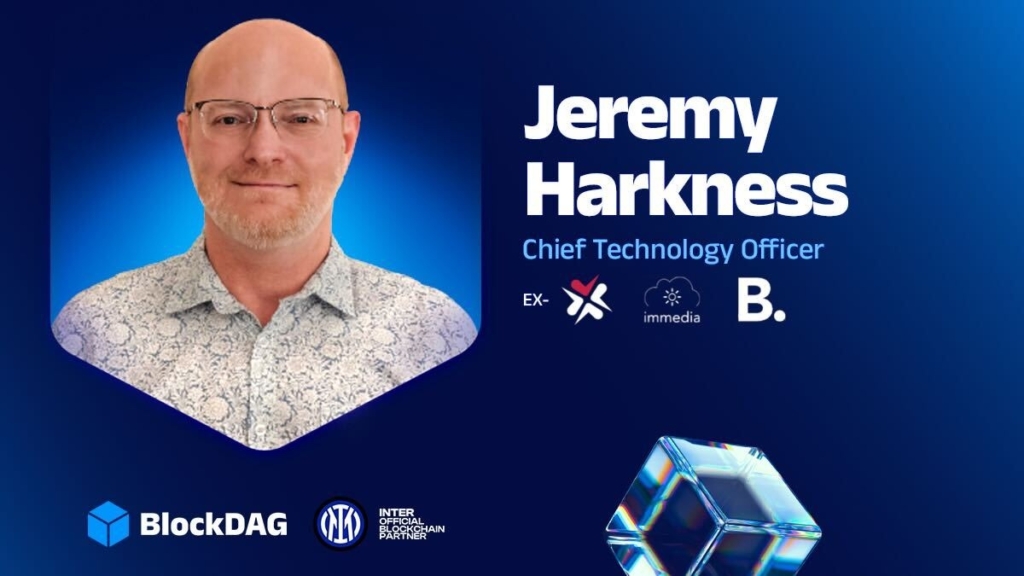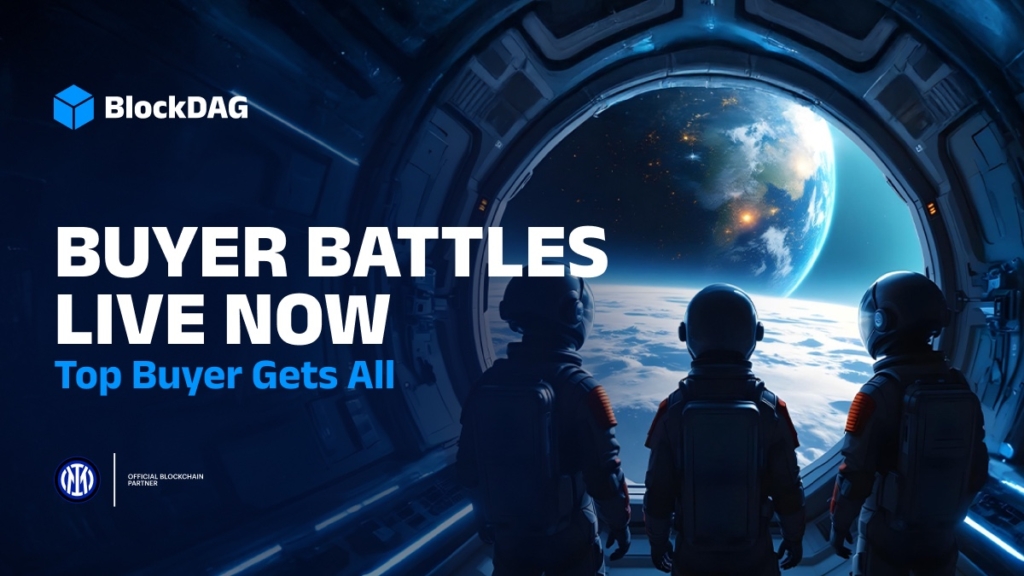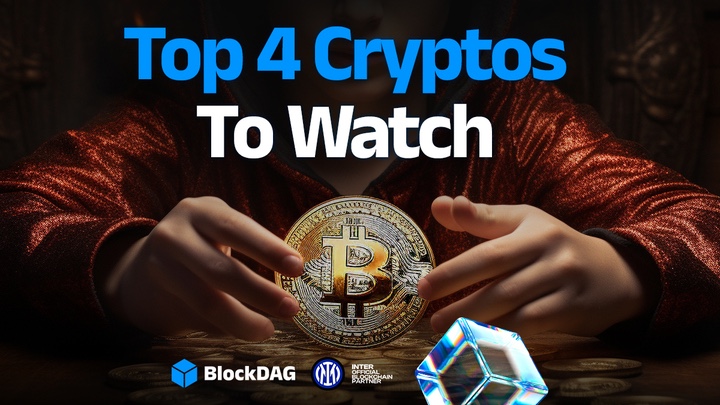When Kaspa entered the scene with its rapid blockDAG system, it reshaped the possibilities of proof-of-work chains. Now, BlockDAG (BDAG) is gaining attention as the logical evolution, a scalable, hybrid Layer 1 chain that brings together performance, protection, and adoption strategies few projects can match.
Having raised over $378 million during its presale, with more than 2.5 million mobile miners and 4,500+ developers working on 300+ dApps, BlockDAG is becoming one of the most talked-about names in crypto. But beyond the buzz, what is BlockDAG really about, and why do analysts believe it builds on Kaspa’s foundation?
Combining DAG Structure with Proof-of-Work Strength
BlockDAG’s design is built around a directed acyclic graph (DAG) combined with a proof-of-work (PoW) consensus system. DAG allows for many blocks to be processed at once, eliminating the slowdowns caused by the linear nature of traditional chains like Bitcoin or Ethereum. PoW, meanwhile, provides the security that early blockchain systems became known for.
The result is a network that can handle up to 10 blocks every second, a pace that rivals post-launch projects such as Solana and Avalanche. But unlike Solana, BlockDAG doesn’t trade decentralization for speed. Its structure is intended to encourage broad participation without leaning on validator centralization.
While Kaspa was the first to bring blockDAG consensus to life, BlockDAG enhances it with easier mining access and tools that appeal to developers, giving it wider appeal across different groups.
Building a Large Community Before Mainnet
A key part of BlockDAG’s strategy is building a large user base even before the mainnet goes live. The X1 mobile miner app, with more than 2.5 million users, allows anyone to mine BDAG coins right from their phone, with little technical effort required. This move has created one of the largest networks of users before a chain’s full launch.
BlockDAG has also sold 19,350 ASIC miners, adding serious hash power from institutional-grade setups. This mix of individual and industrial participation means BlockDAG is launching with a built-in ecosystem. Unlike Kaspa, which had to gradually attract its mining community, BlockDAG starts with both community and infrastructure in place.
Developer Activity & Expanding the Ecosystem
The success of any blockchain hinges on its ecosystem, and BlockDAG is already making progress here. Over 4,500 developers are currently building more than 300 decentralized apps (dApps), covering categories from DeFi to games. This level of developer involvement before launch is rare, and it shows how much value BlockDAG’s EVM compatibility brings. Developers can move Ethereum apps over with little need for code changes, making the switch smoother.
Kaspa impressed with its architecture, but BlockDAG appears to be addressing a more complete equation: high speed, strong security, user access, and ecosystem adoption. By bringing together everyday users, technical developers, and industrial-scale hardware all before launch, BlockDAG is creating the foundation for long-term activity.
Its presale, already past $378M, reflects this momentum. With Batch 29 coins priced at $0.0276 and a confirmed listing price of $0.05, early participants are looking at a possible 3025% return.
This rapid presale growth shows more than just retail enthusiasm. Larger buyers have also started getting involved in recent stages, suggesting a shift toward institutional backing. Unlike Layer 1 chains that focus heavily on media attention, BDAG has moved quietly, focusing on network building and long-term infrastructure.
This approach sets it apart from hype-driven projects. With careful execution and growing participation, BDAG is heading into its listing phase with strong preparation.
Why BlockDAG Draws Comparisons to Kaspa
The question many are asking is whether BlockDAG can follow Kaspa’s path. Analysts believe that if the ecosystem grows as expected, BDAG could reach $1 within 12–18 months after listing. From the Batch 29 price of $0.0276, that would be a nearly 36x gain. Some longer-term forecasts go even higher, to between $5 and $10, depending on how adoption scales, much like what Solana and Avalanche achieved.
Of course, this growth depends on consistent developer activity, reliable exchange listings, and system stability. Still, with hundreds of dApps underway, millions of users on board, and real hardware supporting the network, BDAG has already built more than many L1s had at launch.
Kaspa made history by showing how blockDAG consensus could deliver speed and efficiency. BlockDAG builds on that idea with added infrastructure, a strong community, and compatibility with Ethereum-based applications.
If Kaspa proved what was possible, BlockDAG looks like the version made for broader adoption. Its progress toward a $600M presale goal is a sign that the market sees its long-term value.
Closing Thoughts
BlockDAG isn’t just running another presale for attention. It’s taking Kaspa’s key breakthrough and stretching it into a larger, more complete strategy. With its combination of DAG and PoW, its large user base before launch, strong developer involvement, and a fast-moving presale, BlockDAG could become one of the most important Layer 1 projects in recent memory.
Whether it hits the $1 mark after launch or climbs even higher over time, the foundation already laid is impressive. At a time when many projects chase headlines, BlockDAG is focusing on real results, and that’s why many are calling it the best crypto to buy before it reaches exchanges.
Presale: https://purchase.blockdag.network
Website: https://blockdag.network
Telegram: https://t.me/blockDAGnetworkOfficial
Discord: https://discord.gg/Q7BxghMVyu
Disclaimer: Any information written in this press release does not constitute investment advice. Optimisus does not, and will not endorse any information about any company or individual on this page. Readers are encouraged to do their own research and base any actions on their own findings, not on any content written in this press release. Optimisus is and will not be responsible for any damage or loss caused directly or indirectly by the use of any content, product, or service mentioned in this press release.



